You need strong data warehouse design to build scalable and reliable solutions. High-quality data helps users trust the system and use it more often. When you improve data quality, you increase operational efficiency and reduce wasted time.
- Many organizations see a 15-20% boost in efficiency with better data governance.
- Knowledge workers can recover up to 50% of their time by solving data challenges.
Real-time analytics now drive business success.
| Trend Description | Industry Impact |
|---|---|
| Real-time data processing is essential for managing streaming data and enabling on-demand analytics. | Critical for industries like finance, retail, and logistics where rapid changes occur. |
Tools like FineDataLink from FanRuan help you overcome integration challenges and streamline your data processes.
What Is a Data Warehouse?

Centralized Data Storage
You need a reliable place to store and manage your organization’s information. A data warehouse gives you a centralized repository for all your data. You can organize this data around important subject areas, such as sales, finance, or operations. Teams across your company can access the same data warehouse to run queries and analyze information. This setup helps you avoid data silos and ensures everyone works with consistent data.
Centralized data storage brings several benefits to your business. You spend less time preparing data and more time focusing on growth. Your teams stay aligned, which improves quality control and customer experience. You can optimize decision-making and track business processes more easily. Security improves because you can monitor and control data access. Faster data manipulation and reporting save time and money.
| Benefit | Description |
|---|---|
| Focus | Spend more time on growth and success, less on data preparation. |
| Consistency | Keep teams aligned and improve quality control. |
| Optimization | Make better decisions and track business processes. |
| Security | Monitor and control data access, reducing risks. |
| Time & Money Savings | Speed up reporting and strategic initiatives. |
Analytical Processing and Business Value
A data warehouse supports analytical processing, which helps you unlock business value. You can use historical data to make critical decisions. This data warehouse acts as a single source of truth, letting you understand past performance and plan for the future. You can inform big-picture strategies, such as marketing focus or product development, by analyzing trends in your data.
Analytics teams can quickly access large datasets in the data warehouse without needing complex infrastructure. Cloud data warehouses offer scalability and fast performance, so you get insights faster. You can store massive amounts of structured and unstructured data for analysis. This holistic view helps you make strategic decisions and respond quickly to changes. Faster query execution means you get answers when you need them, supporting rapid decision-making.
Core Principles of Data Warehouse Design
A strong data warehouse design gives you a solid foundation for business intelligence. You can organize, integrate, and analyze information in ways that support better decisions. When you follow these core principles, you build a system that grows with your needs and delivers reliable insights.
Subject Orientation
You should organize your data warehouse around key business subjects. This approach means you group data by themes like sales, customers, or products, not by daily operations. Subject orientation helps you find the information you need quickly. You can run reports that focus on a single area, making your analysis clear and direct.
When you use subject orientation, you make your data warehouse easier to understand. You help your teams see the big picture. For example, if you want to analyze customer trends, you can pull all related data together. This method improves reporting and supports better business intelligence.
Tip: Subject orientation simplifies access to relevant information and enhances the clarity of your insights.
Integration Across Sources
You often need to bring data together from many different systems. Integration is a key part of data warehouse design. You must handle data from databases, spreadsheets, cloud apps, and more. Each source may use different formats or standards. Without good integration, you risk data silos and poor data quality.
Here are some common challenges you may face when integrating data from multiple sources:
| Challenge Type | Description |
|---|---|
| Data Latency | Delay between data creation and its availability for analysis. |
| Data Security | Protecting sensitive information during integration. |
| Data Complexity | Managing many sources increases complexity and requires strong tools. |
| Data Quality Issues | Outdated or incompatible data can lead to errors in business intelligence and decision-making. |
FanRuan takes a modern approach to integration. You get a centralized architecture that supports high scalability and real-time capabilities. FineDataLink, for example, lets you synchronize data across more than 100 sources with minimal latency. You can use its high-performance engine to build an operational data store layer, which boosts the time sensitivity of your data warehouse. FineDataLink also supports real-time backup, automatic structure synchronization, and incremental data updates. These features help you keep your data fresh and reliable for analytics.
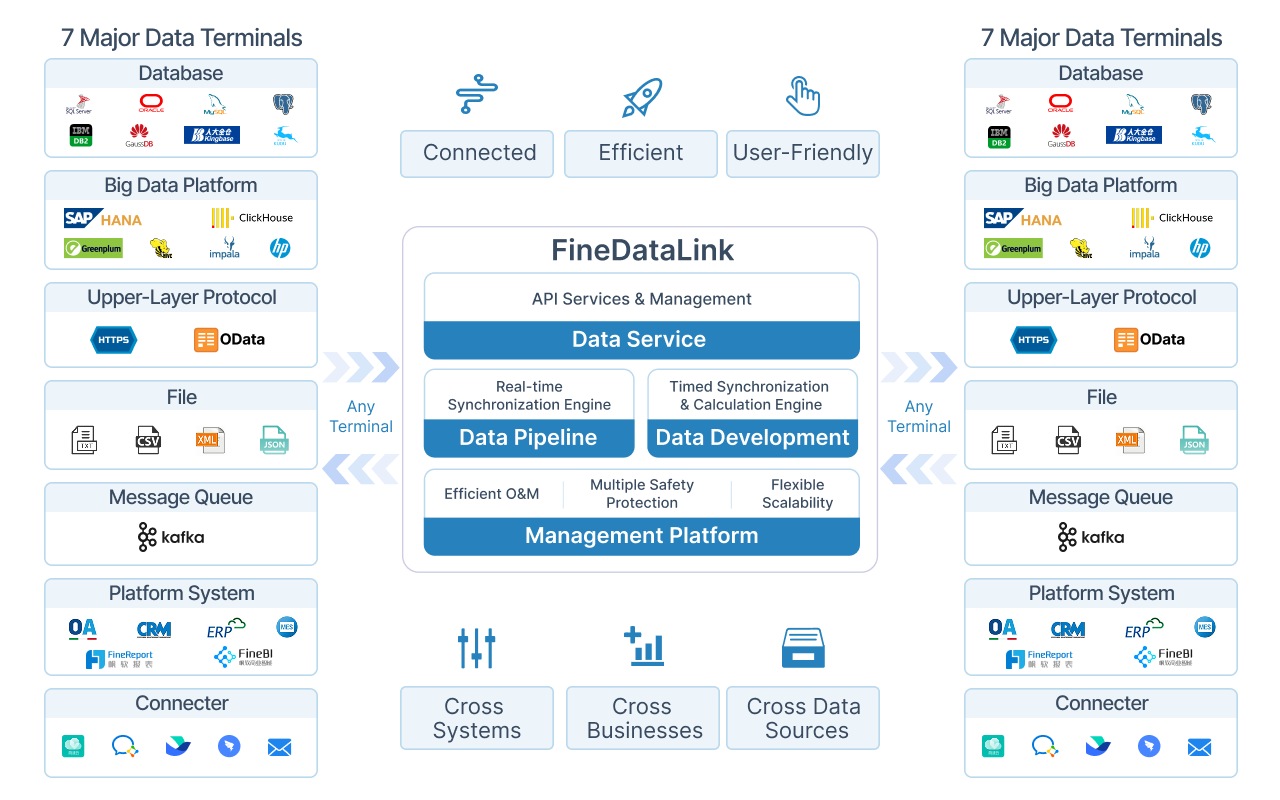
| Feature | Description |
|---|---|
| High-Performance Engine | Builds an ODS layer to improve time sensitivity. |
| Real-Time Backup | Backs up databases instantly to improve disaster resistance. |
| Automatic Structure Sync | Keeps source and warehouse table structures aligned automatically. |
| Error Handling | Supports error queues and resumable uploads for easy data restoration. |
| Incremental Data Updates | Uses log monitoring to update only changed data, reducing latency and improving efficiency. |
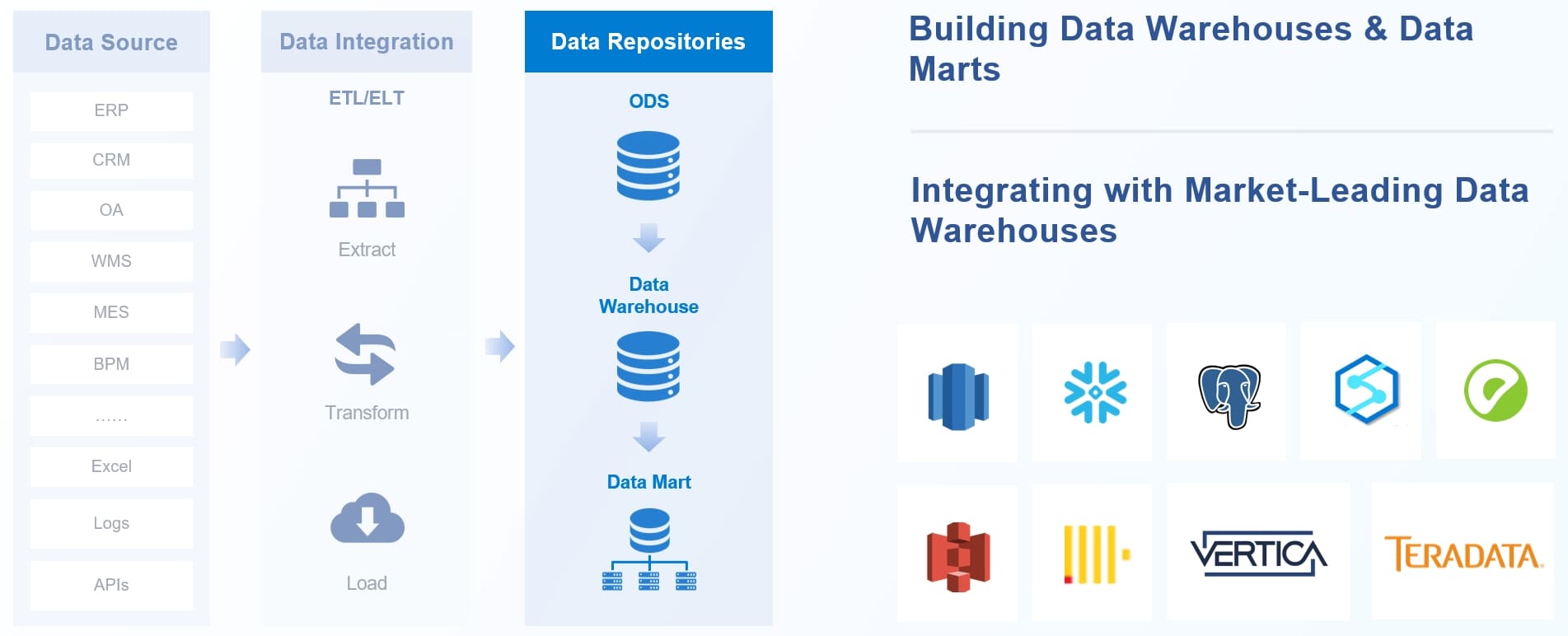
You can see how this approach differs from traditional methods:
| Feature | FanRuan's Approach | Traditional Methods |
|---|---|---|
| Centralized Architecture | Yes | No |
| Scalability | High | Limited |
| Real-Time Capabilities | Yes | Often No |
| Enhanced Flexibility | Yes | No |
With FineDataLink, you solve integration challenges and keep your data warehouse ready for real-time business intelligence.
Time-Variance and Non-Volatility
A well-designed data warehouse stores information over time. You can track changes, spot trends, and compare results from different periods. Time-variance means you keep data from various points in time. Non-volatility means you do not change or delete data once you store it. This approach ensures you always have a reliable record for analysis.
| Characteristic | Description |
|---|---|
| Non-Volatility | Data in the warehouse is read-only and cannot be modified or deleted, ensuring reliable historical analysis. |
| Time-Variance | Data is stored over different time periods, allowing for long-term analysis and tracking of trends. |
- Non-volatility keeps your historical data accurate.
- Time-variance lets you analyze changes and patterns over months or years.
You gain the ability to make long-term plans and measure the impact of your strategies. Your business intelligence becomes more powerful because you can trust the history your data warehouse provides.
By following these core principles of data warehouse design, you create a system that supports strong analytics, reliable reporting, and smarter business decisions. FanRuan and FineDataLink help you put these principles into practice with advanced integration, real-time synchronization, and robust data management.

Design Steps for Data Warehousing

Designing a data warehouse involves several important steps. You need to follow a clear process to ensure your data warehousing project meets business needs and delivers reliable results. Each phase builds on the previous one, helping you create a strong foundation for analytics and reporting.
Requirements and Objectives
Start by defining what you want your data warehouse to achieve. You should gather requirements from key stakeholders and set clear objectives. Workshops and interviews help you understand what information your business needs for analysis and reporting. Future state envisioning and business modeling allow you to identify the data necessary for your goals.
- Engage stakeholders to learn about their reporting needs.
- Use business modeling to map out the data you need.
- Set measurable objectives for your data warehousing project.
Tip: Effective requirements gathering ensures your data warehouse supports business value and maximizes capabilities.
Data Modeling: Star vs. Snowflake
Next, choose a data modeling approach that fits your needs. The two most common models in data warehousing are star schema and snowflake schema. Each has strengths and weaknesses.
| Feature | Star Schema | Snowflake Schema |
|---|---|---|
| Dimension tables | Denormalized for simplicity. | Normalized to reduce redundancy. |
| Ease of design | Easier to design and implement. | More complex due to multiple related tables. |
| Query performance | Faster, with fewer JOINs required. | Slower, as more JOINs are needed. |
| Storage requirements | Higher storage costs due to redundancy. | Lower storage costs through normalization. |
| Update complexity | Harder to update as redundant data increases risks of inconsistencies. | Easier updates due to separation of attributes across tables. |
| Troubleshooting | Troubleshooting is more difficult due to lack of normalized relationships. | Easier to troubleshoot thanks to structured, normalized relationships. |
You should select the model that matches your reporting and analytics needs. Star schema works well for fast queries and simple design. Snowflake schema helps reduce storage costs and makes updates easier.
ETL/ELT Processes with FineDataLink
ETL (Extract, Transform, Load) and ELT (Extract, Load, Transform) are critical steps in data warehousing. You need to move data from different sources, clean it, and load it into your data warehouse. FineDataLink streamlines these processes with a low-code platform and a visual interface.
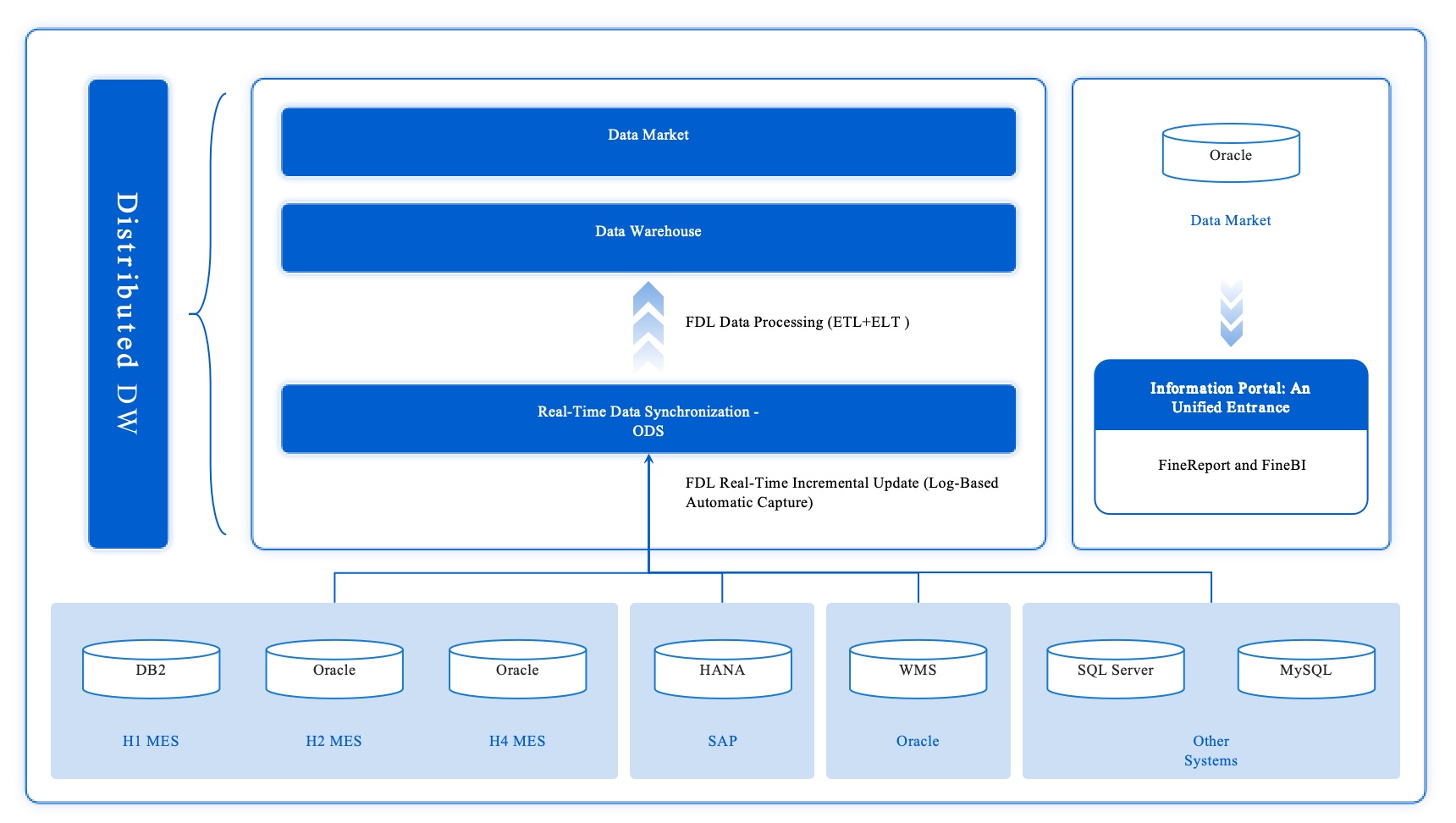
You can connect to over 100 data sources and design data pipelines using drag-and-drop tools. Real-time synchronization keeps your data warehouse updated with minimal latency. Automation helps you manage workflows, reduce manual coding, and deliver cleaner data faster. You spend less time on technical details and more time on strategic analysis.
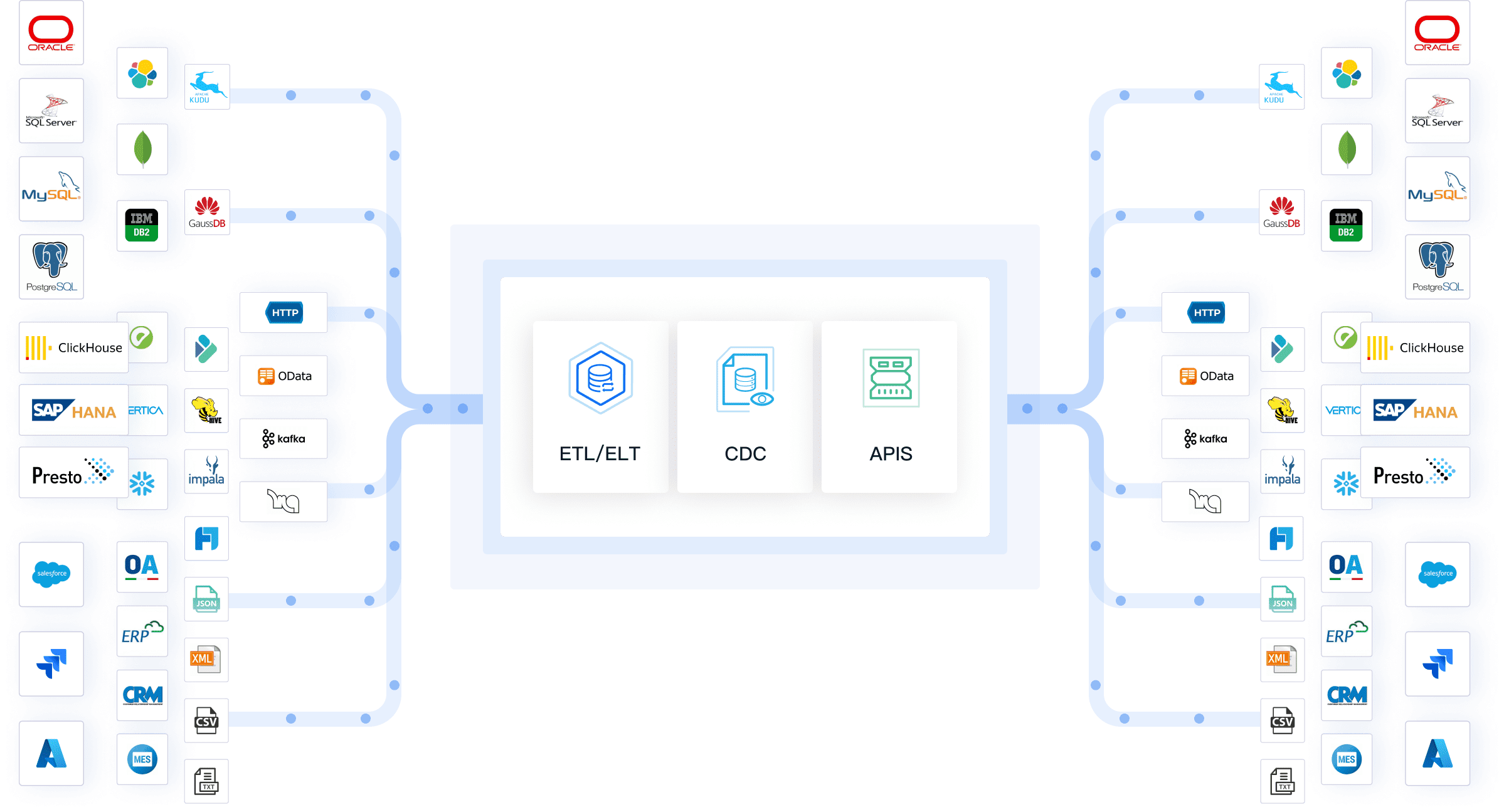
When you use FineDataLink, you benefit from:
- Automated ETL and ELT workflows.
- Real-time data synchronization for up-to-date analytics.
- Visual pipeline design for easy management.
- Consistent data transformations that support reliable reporting.

Note: Automation in ETL and ELT leads to faster delivery and better data quality, allowing you to focus on business growth.
During ETL and ELT, you must maintain data integrity. Pay attention to these important considerations:
- Data completeness: Make sure you extract and load all expected data.
- Data accuracy: Validate transformed data against business rules.
- Data consistency: Keep data coherent throughout the process.
- Data quality: Assess data against standards and constraints.
- Error handling and logging: Track errors and manage them effectively.
You should also use encryption, access controls, and input validation to protect your data during implementation.
Data Quality and Governance
Data quality and governance are essential for successful data warehousing. You need to ensure your data is accurate, consistent, and secure. Good governance helps you track data sources, manage access rights, and comply with regulations.
- Implement data quality management to maintain accuracy and consistency.
- Use metadata management to monitor data sources and access.
- Protect sensitive data and follow compliance rules like GDPR and HIPAA.
- Monitor governance initiatives using key performance indicators.
FanRuan builds efficient data layers for business intelligence by focusing on three value pillars:
| Value Pillar | Description |
|---|---|
| Data Integration | Integrates data from various sources into a unified view. |
| Real-time Synchronization | Supports real-time data synchronization for up-to-date information. |
| Enhanced Analytics Capabilities | Leverages machine learning for predictive analytics and improves data accessibility and reporting. |
You can rely on these pillars to create a data warehouse that supports advanced analytics, reliable reporting, and strategic decision-making. FineDataLink helps you achieve these goals by providing robust data integration, real-time updates, and easy-to-use tools for implementation.
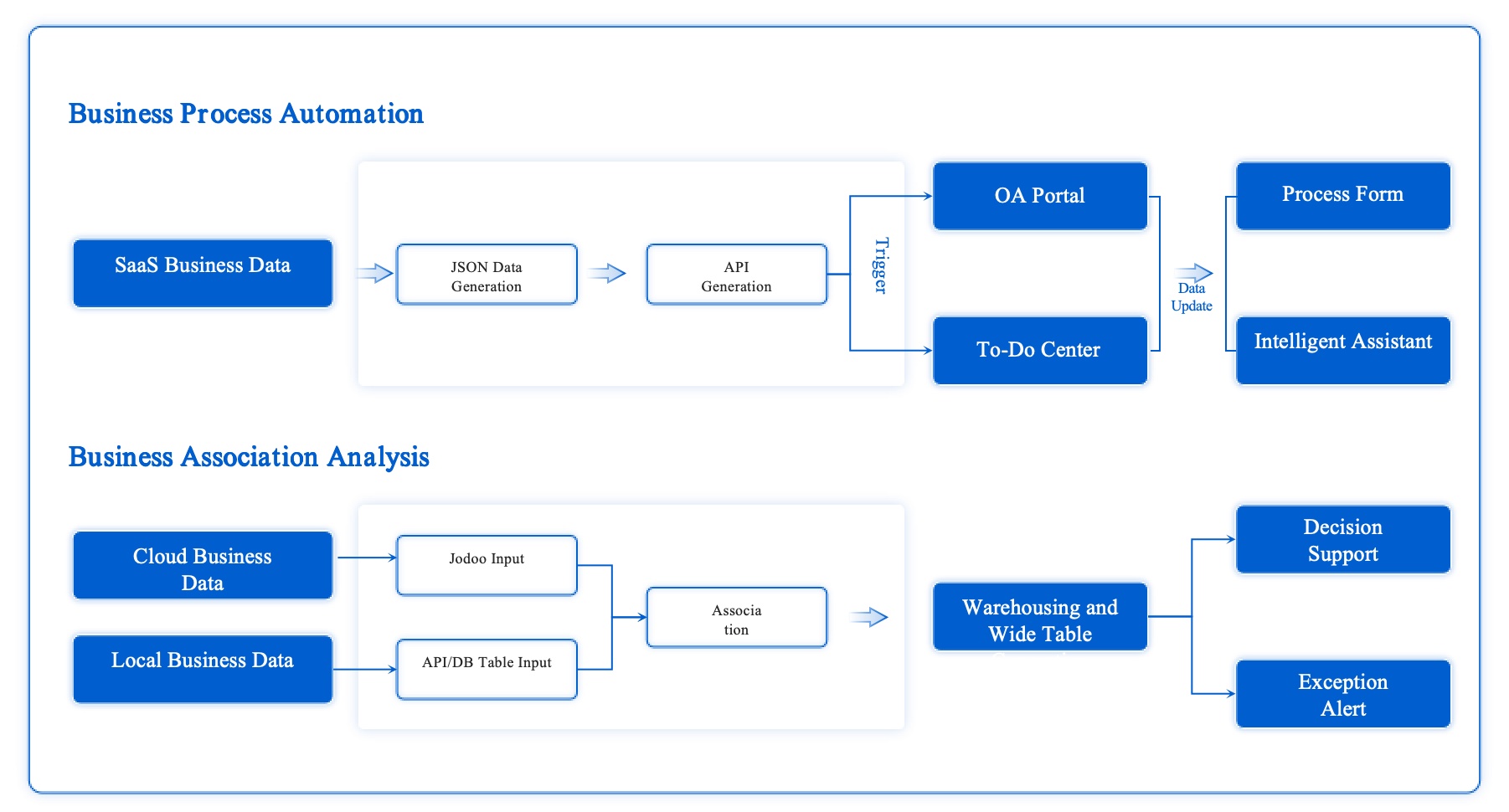
Reminder: Strong data quality and governance protect your business and improve the value of your data warehouse.
By following these design steps, you build a data warehouse that meets your business objectives, supports efficient reporting, and delivers high-quality analytics. FineDataLink and FanRuan give you the tools and support you need for successful data warehousing implementation.
Best Practices and Pitfalls in Data Warehouse Design
Scalability and Performance
You want your data warehouse to handle growth and deliver fast results. Scalability means your system can manage more data and users without slowing down. Performance ensures quick access to information for analysis. You can achieve both by following proven strategies:
- Use read replicas to distribute queries and reduce pressure on your main database.
- Partition your data into logical segments. This enables parallel processing and speeds up queries.
- Optimize ETL processes with tools like FineDataLink. You can automate data movement and use parallel processing for better efficiency.
- Apply indexing and data compression to improve query speed and save storage.
- Monitor performance metrics and tune your system regularly.
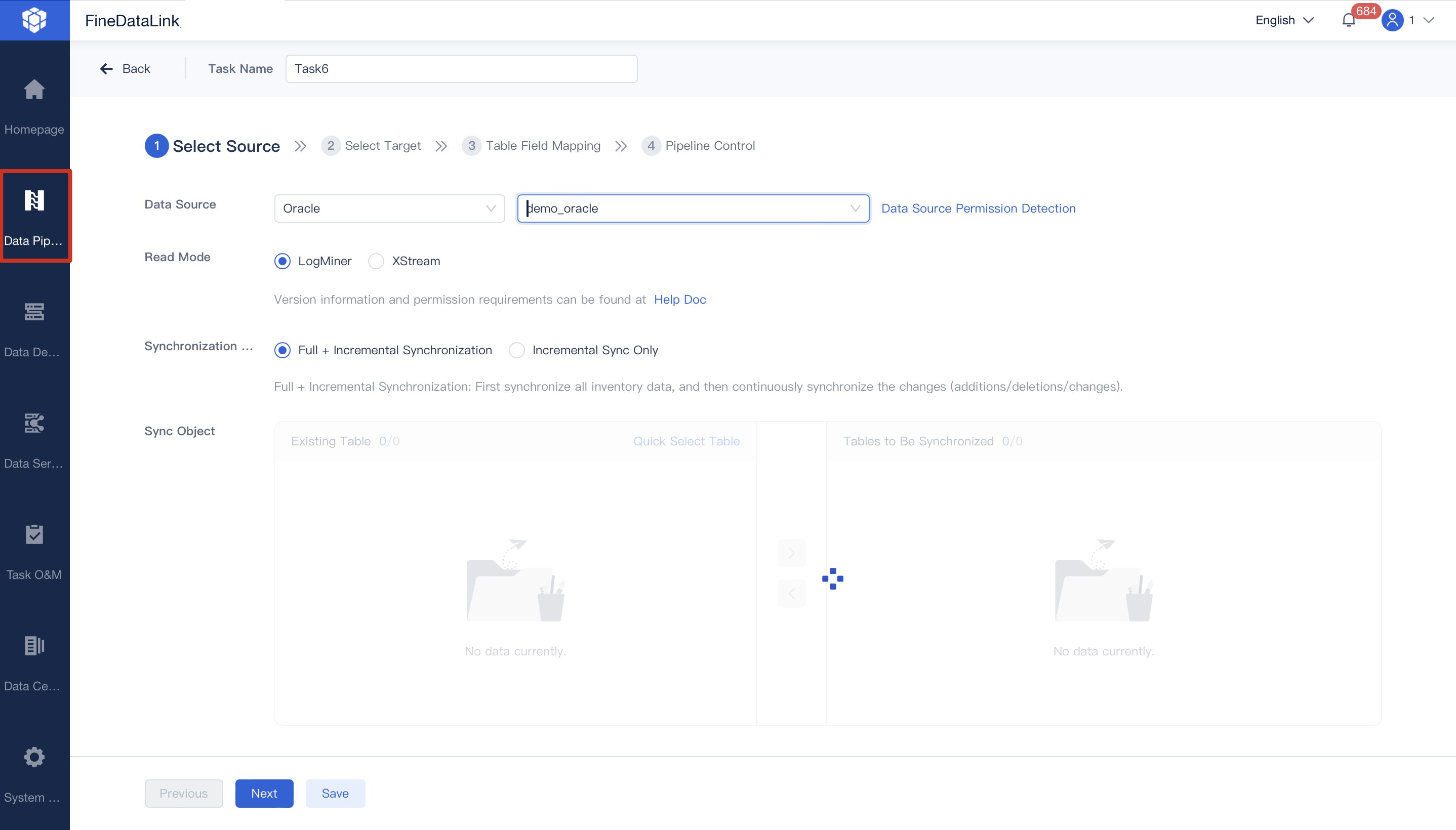
FineDataLink helps you build an effective data warehouse by supporting distributed processing and real-time synchronization. You can scale your solution as your business grows and maintain high performance for analysis.

Security and Maintainability
Protecting your data is essential. You need strong security measures to keep sensitive information safe. Leading solutions use identity and access management systems. These include role-based access control and multi-factor authentication. You can encrypt data both at rest and in transit. Regular audits and monitoring help you spot threats early.
Cloud-based data warehouses offer advanced monitoring and automated updates. On-premises solutions give you direct control over physical security. FineDataLink supports secure integration and automated ETL workflows, making it easier to maintain your system and keep data protected.
Tip: Always review access rights and update security settings to match your business needs.
Avoiding Common Mistakes
Many organizations struggle with data warehouse design because they overlook key steps. You can avoid these pitfalls by following best practices:
| Mistake | Description | How to Avoid |
|---|---|---|
| Neglecting proper data modeling | Leads to inconsistent or redundant data. | Use clear modeling practices. |
| Overlooking data quality issues | Results in inaccurate insights. | Clean your data before loading. |
| Failure to establish clear business requirements | Causes irrelevant data collection. | Work with stakeholders to set objectives. |
| Ignoring scalability | Hinders growth and performance. | Design for future expansion. |
| Lack of documentation | Makes the system hard to maintain. | Document your processes. |
| Not considering security measures | Exposes sensitive data. | Apply robust security controls. |
| Avoiding regular performance tuning | Leads to inefficiencies. | Tune your system often. |
You should start with clear business goals and choose the right platform. Regularly monitor and optimize your data warehouse for best results. FineDataLink improves data quality and consistency, which leads to reliable analysis and decision-making.
Real-World Example: Bifido Foods
Bifido Foods used FanRuan’s solutions to integrate data from multiple sources. The company improved data quality and built interactive reports for better analysis. FineDataLink’s automated ETL features helped Bifido Foods maintain high data accuracy and consistency. You can learn from their success and apply these strategies to your own effective data warehouse project.

You gain real business intelligence when you follow strong data warehouse design principles. These fundamentals—like separating compute and storage, supporting flexible schemas, and handling both structured and semi-structured data—help you scale and adapt quickly. FineDataLink from FanRuan stands out for its advanced ETL, real-time data handling, and user-friendly interface.
| Feature | FineDataLink | Other Tools (BigQuery, Redshift, Snowflake) |
|---|---|---|
| ETL/ELT Capabilities | Advanced ETL/ELT capabilities | Varies by tool |
| Real-time Data Handling | Minimal latency for real-time | Varies, often not real-time |
| User Interface | Low-code, user-friendly | Varies, often more complex |
| Data Source Compatibility | Supports over 100 sources | Varies, typically fewer sources |
| Focus on Real-time Insights | Strong focus | Varies, often more on batch processing |
You measure the return on investment by comparing the value generated from data to the cost of your data initiatives. To get started, separate OLTP and OLAP workloads, use indexing and partitioning, and secure sensitive data. Apply these steps to build a reliable data warehouse and unlock new insights for your organization.
- Data ROI helps you see if your data activities are worth the cost.
- You calculate ROI by comparing business value from analytics to the total cost.
- ROI shows profitability, while ROCE measures efficiency.
- Data ROI = (Value generated from data - Cost of data initiatives) / Cost of data initiatives.
Take action now. Use modern integration platforms like FineDataLink to improve your data management and drive smarter decisions.
FAQ

The Author
Howard
Data Management Engineer & Data Research Expert at FanRuan
Related Articles

Top Data Warehouse Trends Shaping 2025 and Beyond
Stay ahead with 2025 data warehouse trends: cloud adoption, automation, real-time analytics, AI integration, and enhanced data security strategies.
Howard
Nov 17, 2025

Top 10 Digital Transformation Management Software Tools for 2025
Compare the top digital transformation management software for 2025 to boost efficiency, automate workflows, and drive business growth.
Lewis
Nov 16, 2025

Complete Guide to Low Code Data Integration Best Practices
Follow low code data integration best practices for secure workflows. Learn step-by-step methods to streamline, automate, and optimize your data processes.
Howard
Nov 13, 2025




